The Forest Practices Board received a complaint about forest practices on a woodlot near Wardner, BC. The Board has investigated and this is its report.
The complaintant identified several concerns with practices on the woodlot:
Board staff visited the woodlot on November 17, 2008. Also in attendance were the complaintant and Ministry of Forests and Range (MFR) staff from the Rocky Mountain Forest District. The following are the Board’s observations and findings.
The complainant, a retired range agrologist, is concerned that Crown rangelands in the East Kootenay area of the Rocky Mountain Forest District are not being managed appropriately. The complainant says that forest in-growth on grasslands has caused forage supply to decline, forcing the Ministry of Forests and Range and individual ranchers to reduce the number or duration of cattle grazing on Crown lands. Concurrently, the complainant believes that the Ministry of Environment has allowed elk and deer numbers to increase such that the carrying capacity of Crown range has been exceeded, causing forage to be over-used.
A government plan to restore forage supply, as described by the Kootenay-Boundary Land Use Plan, has apparently not kept pace with either forest in-growth or forage demand. In the complainant’s view, this has resulted in lost ranching opportunity and over-grazed wildlife winter ranges.
A recent Forest Practices Board audit found that road building and upgrading by a Timber Sale License holder (the TSL holder) had, or had the potential to, adversely affect fish streams in the Lamb Creek area of the Rocky Mountain Forest District. British Columbia Timber Sales’ (BCTS) attempt to repair damage from the TSL holder’s roadwork was well-intentioned but only partly successful.
Compliance and Enforcement district staff of the Ministry of Forests and Range investigated and found that road drainage systems were inadequate, and sediment from roadwork had entered a fish-bearing stream. The district manager determined the TSL holder contravened the Forest Practices Code of British Columbia Act and imposed a penalty of $5,000.
Two separate complaints arose from proposed timber harvesting and road construction in the Elmer Creek area, near the community of Yahk. The complainants asserted that BCTS had not implemented the recommendations of a hydrology assessment and that the proposed road construction, improved public access and clear-cut harvesting would adversely affect domestic water supplies and other resources.
